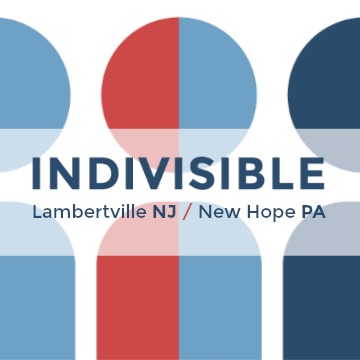On Friday, the Federal Department of Labor’s employment numbers came in and the news wasn’t all that great: Only 266,000 non-farming jobs were added compared to expectations of over a million. There’s great consternation over the why of it, with apparently 1.1 jobs available for every unemployed person. The markets, however, went ‘ho-hum,’ with the disappointing news offset by the speculation that this would keep interest rates low.
Many are quick to blame the extra money the federal government provides to boost unemployment - all $300 per week. I’ve heard it from local business people and national news.
I’m not so sure.
With great apologies for this onslaught of numbers, here’s something to consider: At the low end, if a worker was making minimum wage of $7.25/hour and worked a 40 hour week, their gross pay would be $290. Unemployment in NJ pays 60 percent of the gross wages so they’d get $174 on unemployment, and with the extra $300 they’d get $474 per week, which brings them up to $11.85/hr.
A living wage in NJ is currently $16.20; In Pennsylvania, $13.02 (see Income Equality and the Bare Minimum blog in this edition). Assume also that the unemployed worker now has no healthcare coverage unless they’ve applied and qualified for Obamacare. COBRA is ridiculously expensive. And if anyone has ever applied for unemployment, the process isn’t exactly smooth sailing.
So what’s going on? I don’t have any educated answers and look forward to seeing what others who do come up with. I do know that it’s largely the service industries that are bemoaning the lack of available and interested labor, but have also made the biggest gains as things begin to open up. Is there a lack of affordable housing and transportation in the areas where businesses are lacking employees? Have some decided that a career change might provide more stability? Is there reluctance to return to work because of concerns or lack of COVID protections?
The picture is more complex than the assumption that people don’t want to return to work because they make more on unemployment. This argument is a thinly disguised resurrection of the “welfare queens” fable that the Reagan administration promoted. The same administration that gave us the trickle down economy, the war against unions and decline of worker protections. The GOP, that is now trying to lay claim that it’s the party of Blue Collar Workers. I nearly choked on my tea when I heard that one.
The American Jobs Plan and the Green New Deal have the potential for job creation like we haven’t seen since FDR. A majority of them are likely to be blue collar jobs and well-paying ones at that. Many will require new training programs and can be sited in areas that have lost or will lose jobs as older industries fade(d). Yet the GOP stands staunchly in opposition to any such plan. Why? It would raise taxes on the wealthy and businesses and close loopholes that allow them to avoid paying their share. Yet the proposed increase in taxes is still well below what it was even under GW Bush - AFTER his tax cut package: 28% proposed vs 35% under Bush.
If there is a champion of the blue collar worker, of a healthy, economic recovery and of closing the income inequality gap, it is the Biden-Harris administration and the Democrats in Congress and states who are fighting to make it happen. But the very slim margin of Dems vs GOP means that we must continue to work to elect and re-elect those who truly work for the public good, continue to make our voices heard, continue to shoot down misinformation about why we can’t afford to raise the minimum wage or provide national healthcare - which will take a huge burden off businesses and democratize access, and fight to eliminate or modify the filibuster so it doesn’t get in the way of progress.
The opportunity is right now. We have the power, we can make it happen. Let’s do this!
Much Love,
Deb



